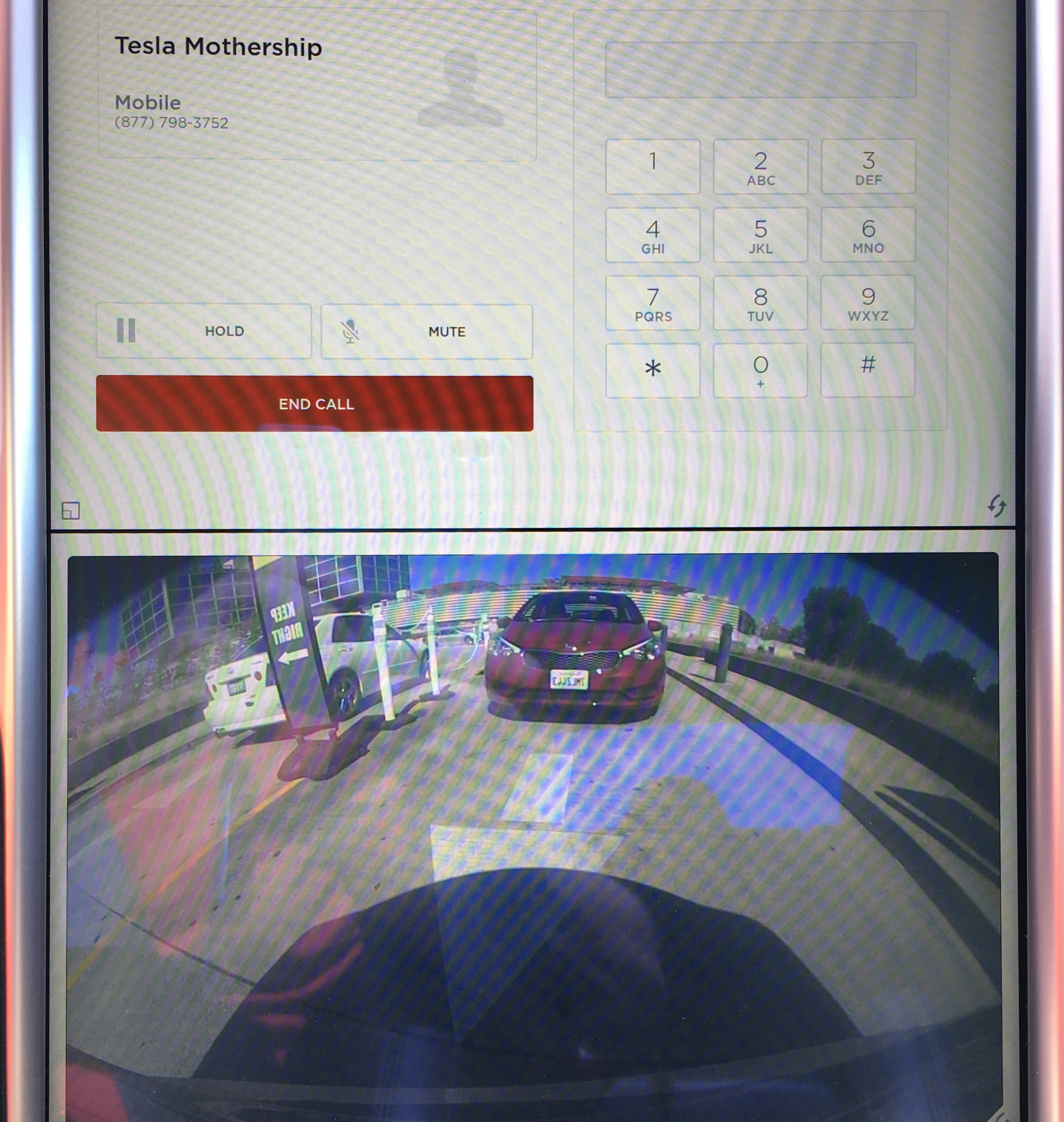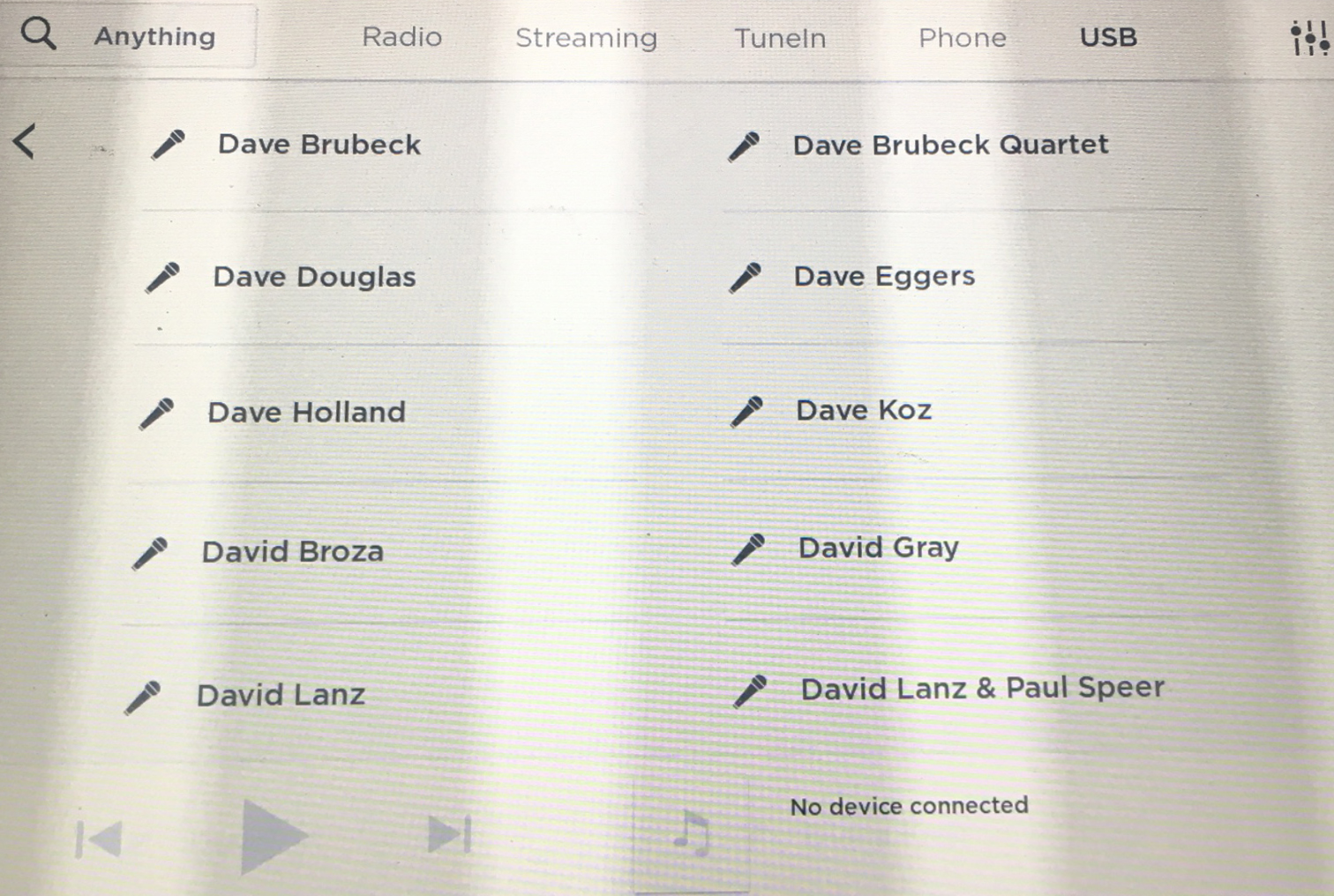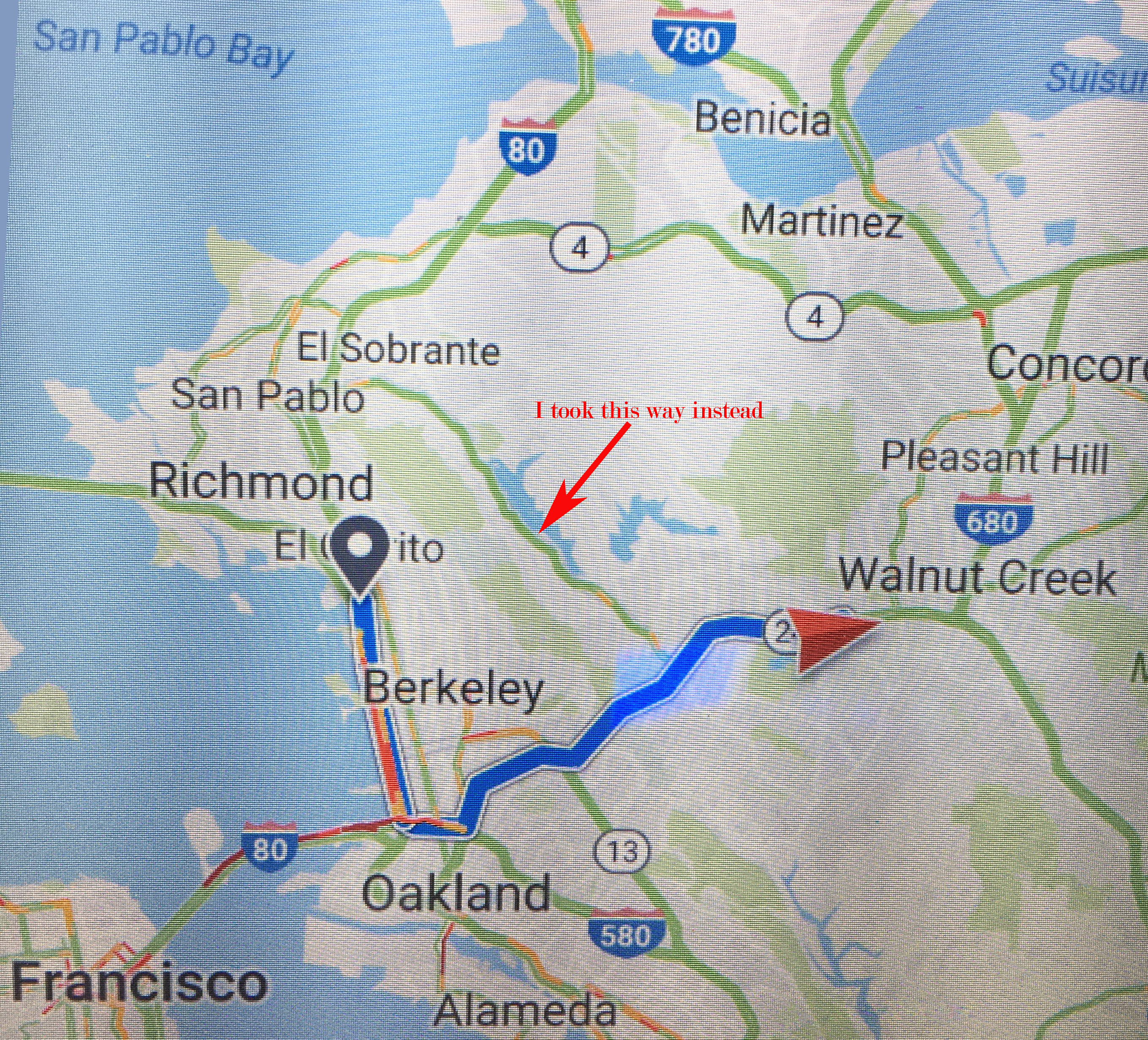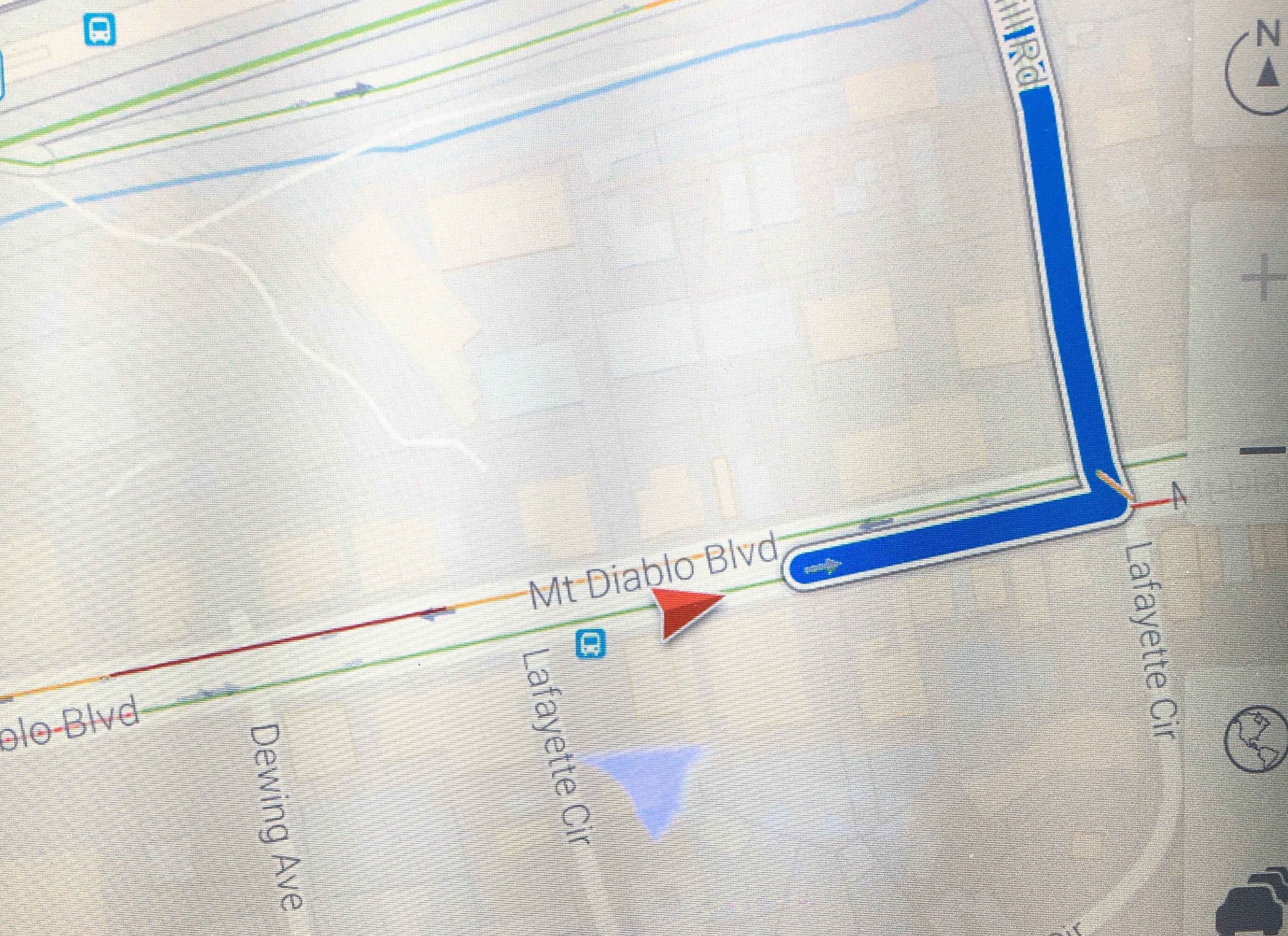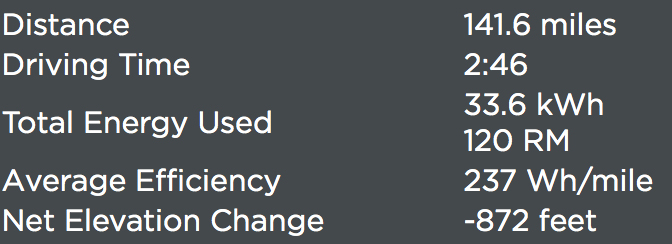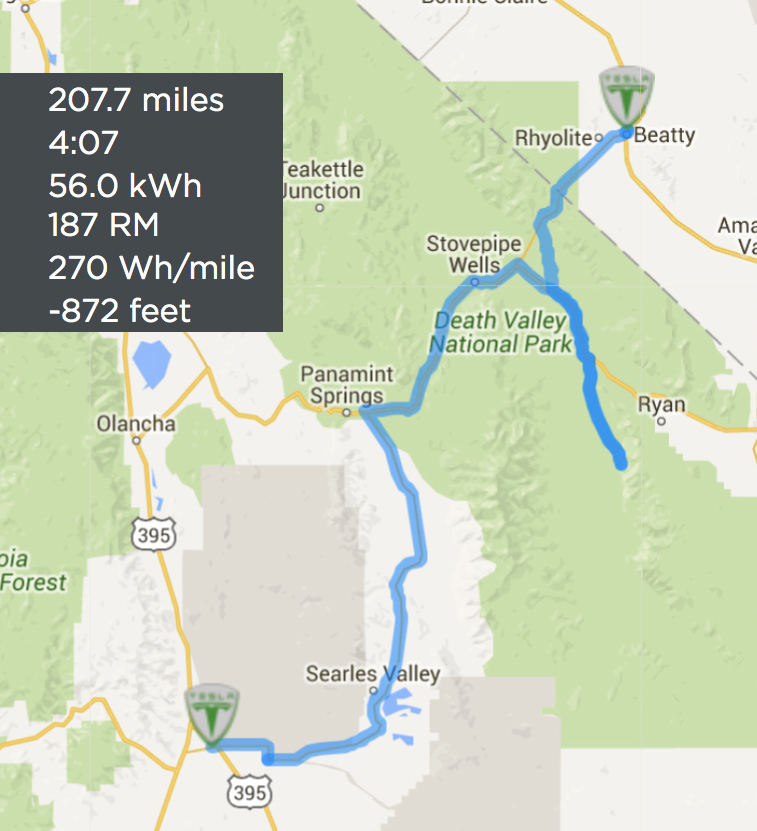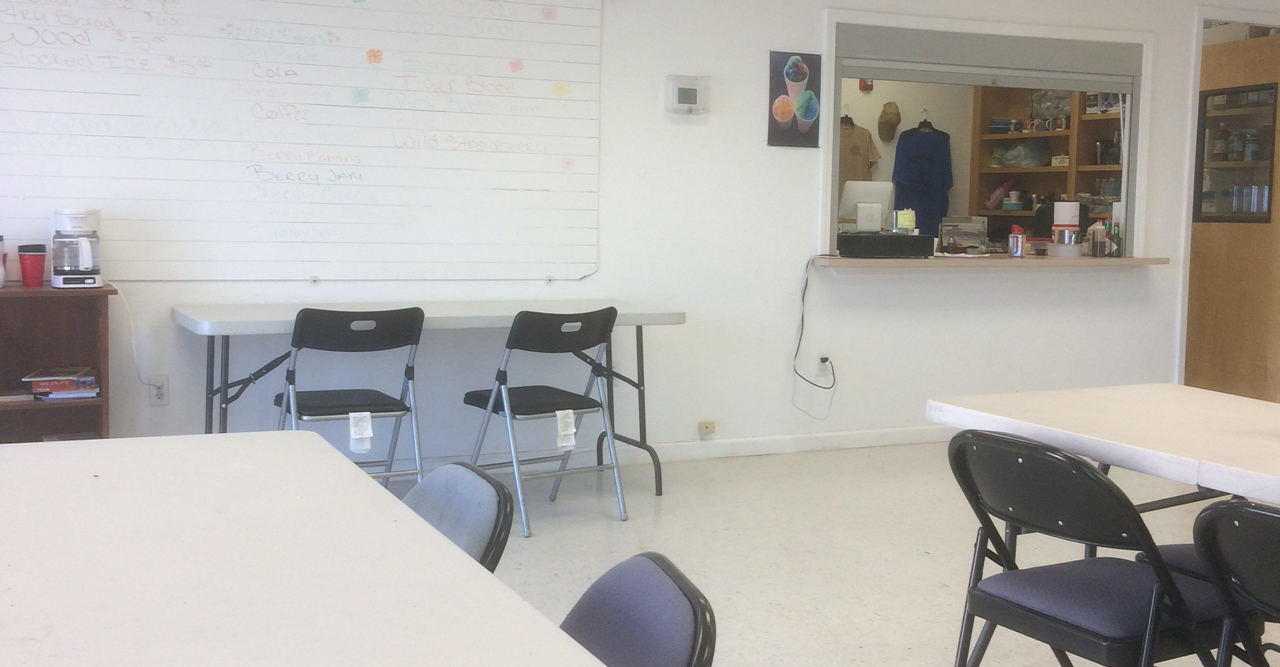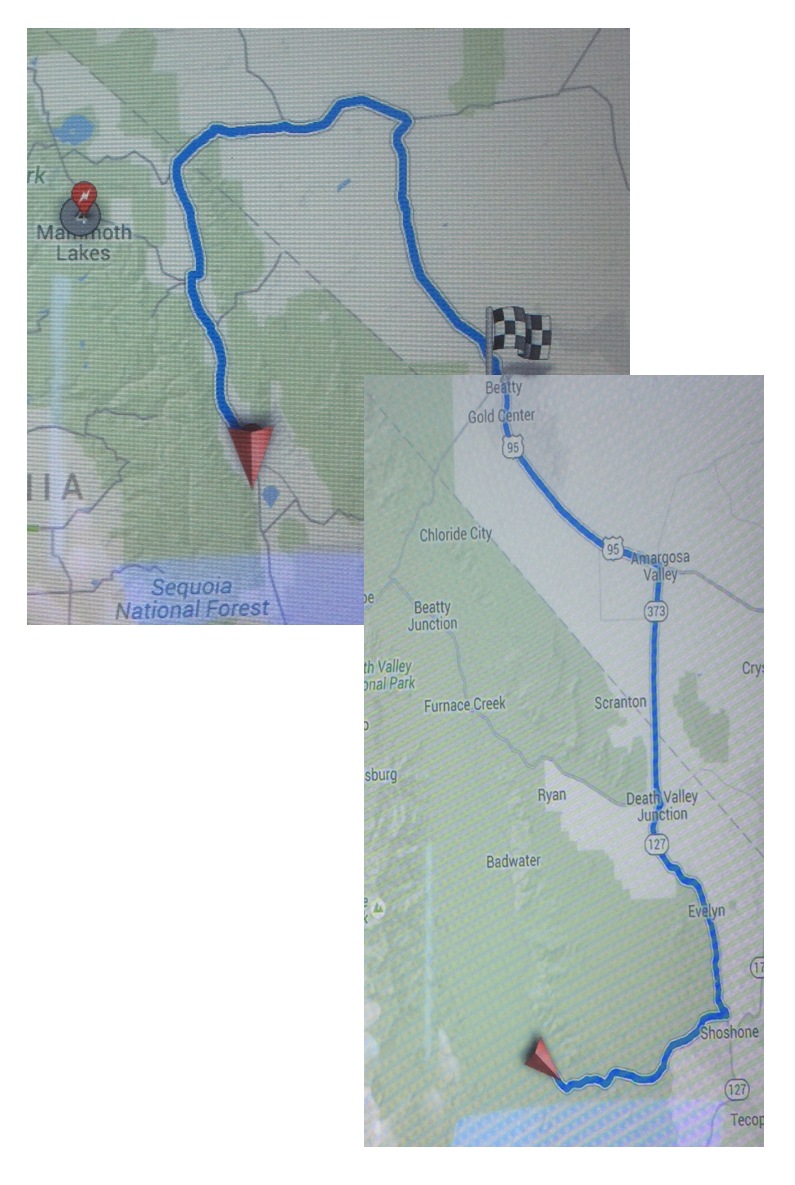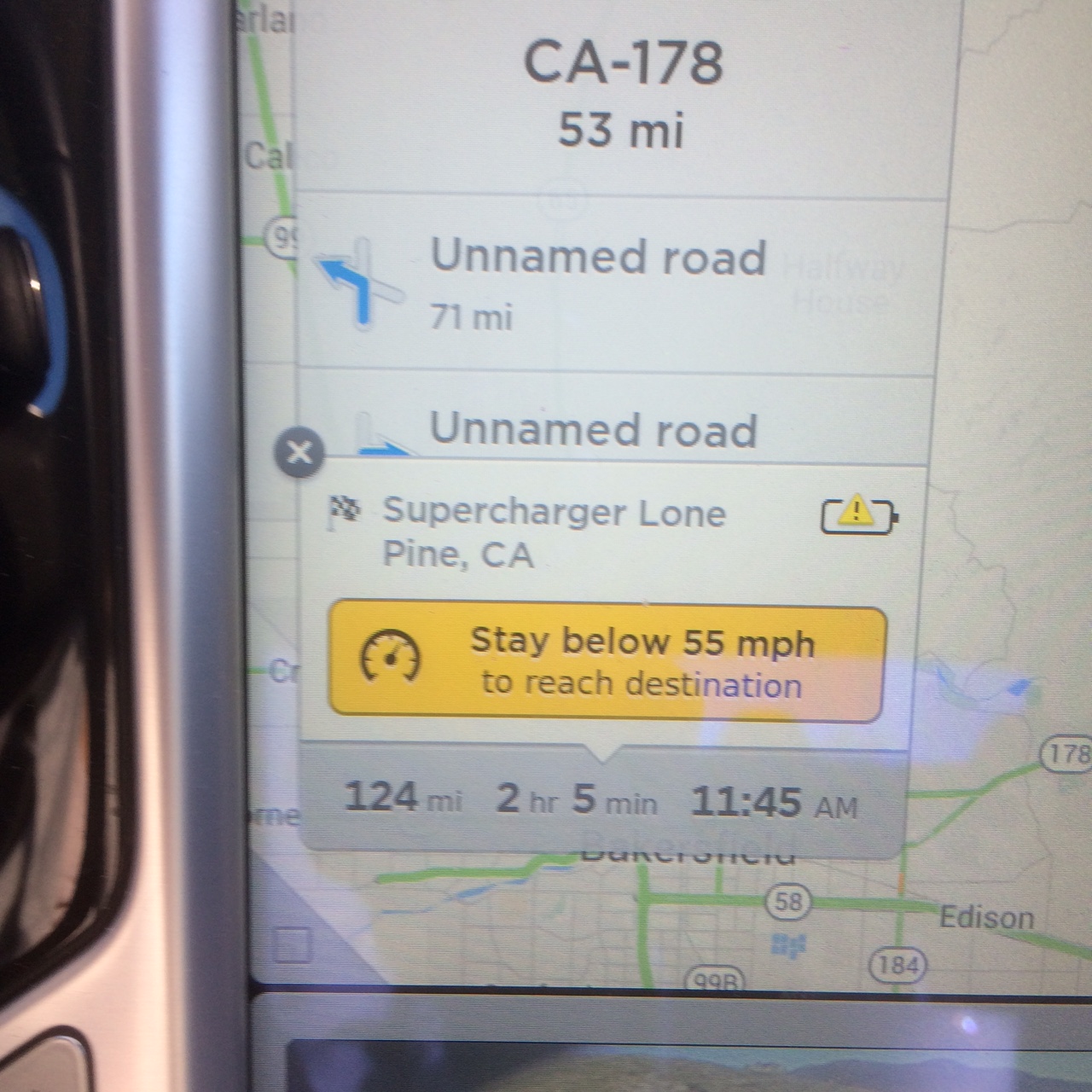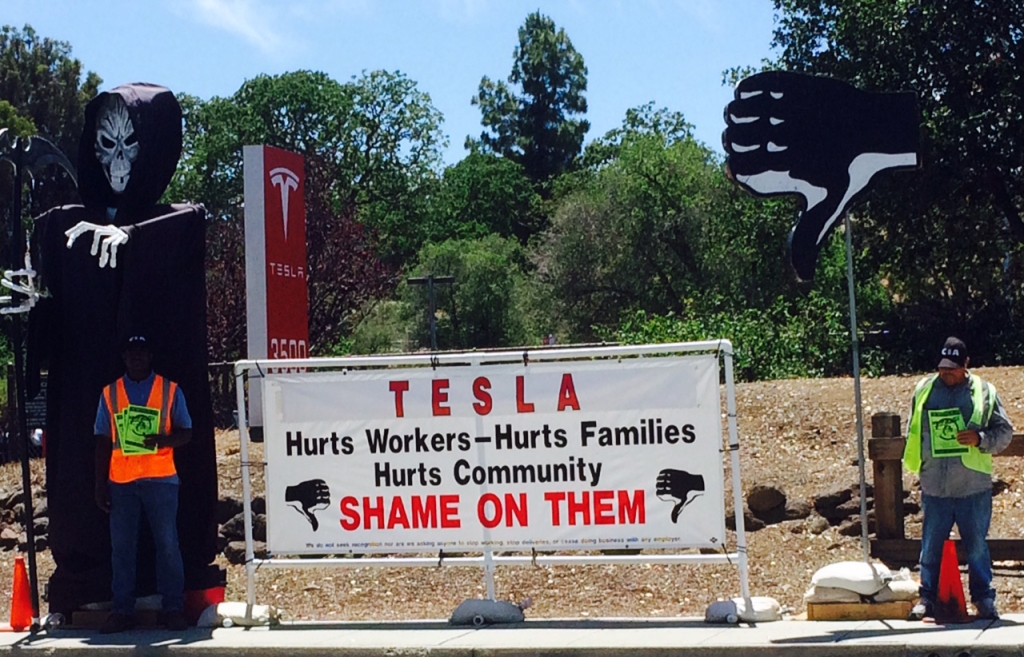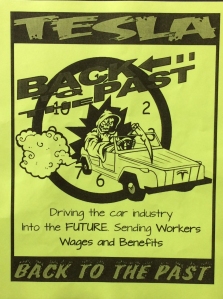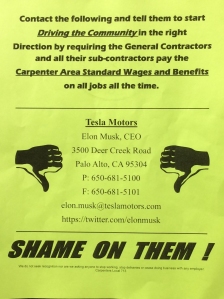About two months ago I started to have problems charging my car. I would sporadically get a few warnings the most common being “Charge cable not fully secured. Please adjust the connection to improve charging.”
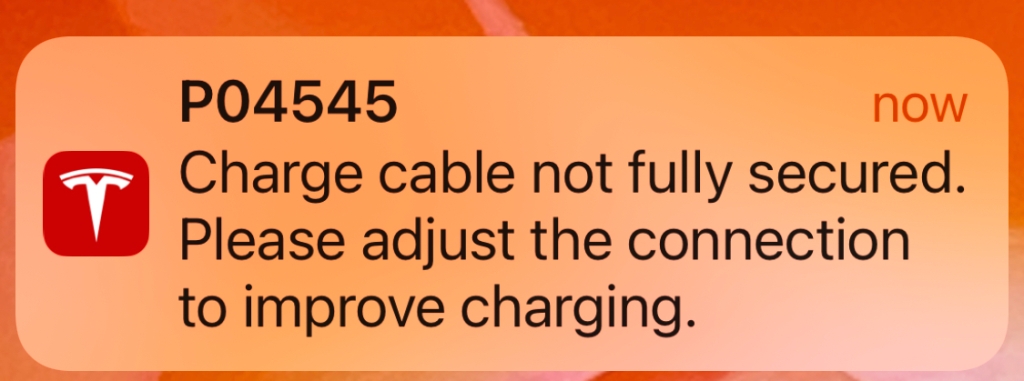
The problems occurred a bit sporadically and started to increase over time. I didn’t document every step of the process in detail over the last two months, but this blog post serves as my general recollection.
Initially I scheduled an appointment in the app to have the car fixed a few weeks later, but at one point I simply could not charge the car at all. I tried charging at home and at a supercharger. I was quite low on the battery and instead of risking another towing challenge, I drove straight to the service center. For some reason, the car would charge at the service center, and low and behold it began charging again at home after a couple of attempts.
The car would continue to struggle to charge and would issue warnings in the app but would eventually charge overnight.
The service center was convinced that I first needed to upgrade the CPU. The car is nine years old and I do understand that technology has changed dramatically. I was not excited to pay the $2250 for an upgrade that I did not really want. Yes, the car was a bit slow to turn on and was not particularly fast to respond, but it was not really a problem. They pretty much told me that they almost could not diagnose my charging issues without this upgrade. I figured well I want to keep this car for another five years or so, I may as well upgrade the CPU.
As has been well reported the world is experiencing a chip shortage, and my appointment was pushed out twice until the local service center could install the new ‘infotainment package’. Calling a CPU upgrade an infotainment package is confusing and misleading. I have no interest in playing games or videos on my screen. I also was not thrilled about losing the AM radio. I no longer listen to AM radio, but my town broadcasts on the AM radio during an emergency and I would lose the ability to easily do that in my car. I’ll have to evacuate with a handheld AM radio or drive an ICE.
The total bill came to be $2926 for the CPU upgrade and the new physical charge port, which was fortunately only $102 in parts. The service took several days as they need to check all the wiring and connections to make sure the car completely works.
A couple of weeks went by and the car was successfully charging. I ‘dared’ to drive a little further and planned on topping off at a supercharger. Much to my surprise I could not! I contacted the Tesla supercharger support so they could note that I could no longer charge on my record.

Luckily I did have enough charge to make it home. To my surprise, I could charge the car at home that same evening.
But a day later, I could no longer charge at home. The car started issuing new warnings and the physical charge port color turned to red.
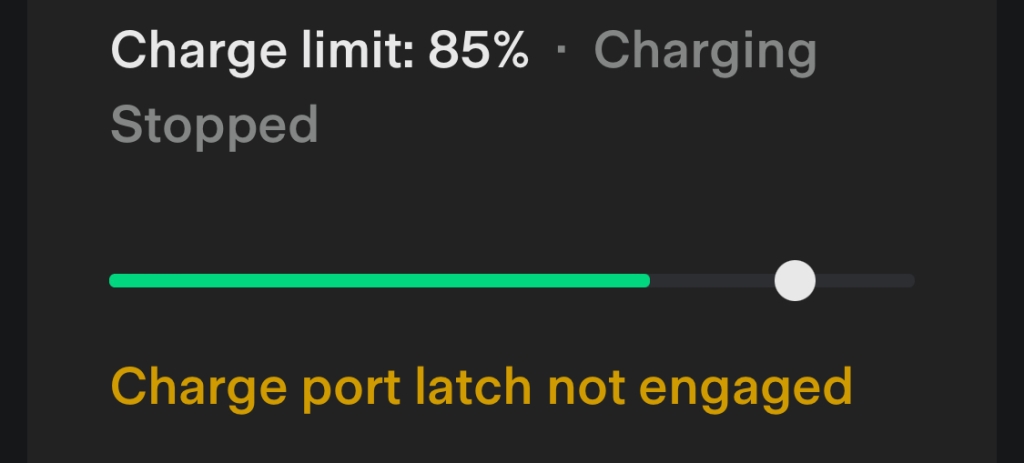


I scheduled yet another appointment for a couple of weeks later even when the car was technically not drivable beyond a very limited range.
The next diagnoses was that the car needed a new Master Charger. This second service cost a total of $2930. So basically another $6,000 sunk into the car to keep it running. In July I spent another $6,000 for a new drive unit for a total of $12,000 in 2022. Maintaining this older Tesla has been quite expensive this year. I am hoping I am at the end of all the major parts that need replacing. There currently is not another electrical vehicle on the market that particularly interests me. I would like a small vehicle with a very long range, but I’m also intrigued by the capabilities of the Rivians. I will likely wait another five years unless something appears in the market with some intriguing features.
I have mixed reviews about Tesla Service. I find all the folks quite pleasant when you talk to them in person, but the staff does seem to have very high turnover. I dislike only being able to communicate through the app. Many times when you text them through the app they take a long time to get back to you — even several days. If the Service Advisor texts you and you respond immediately, they will typically respond a day later. If you ask more than one question, they often only answer only one question. I suspect the Service Advisors are simply way overworked.
Being able to talk to a Service Advisor on the phone to me is a requirement. Long detailed explanations do not work well over texting particularly with Tesla’s terrible responsiveness. My ICE dealer provides much better service.
Also, Tesla Service no longer emails you the invoice and record of what happened on your car. You need to remember to download it from the app during the service. If you have another service, the older record is gone from the app. I had to request them to email me the older invoice multiple times, as it appears that they can’t send the invoices from their standard email accounts.
The last service appointment took a week to complete and I realized I forgot something in the car as I did not expect such slow service. The car was scheduled to be complete on the Friday after Thanksgiving and I was in the neighborhood so I stopped in, and they informed me I would most likely receive the car in a couple of hours as it was undergoing the final test. I was quite surprised that they did not inform me through the app.
I have found the best way to talk to the Tesla Service Advisors is simply to stop in. Trying to communicate through the app can be quite frustrating. In my limited experience someone will talk to you in a reasonable amount of time if you just show up in person.

